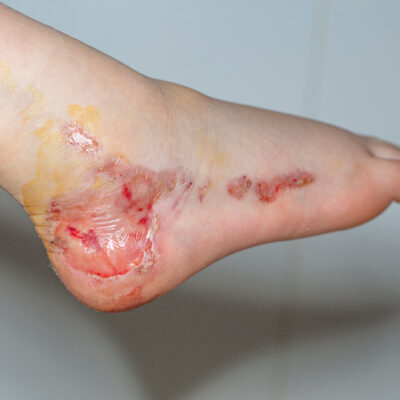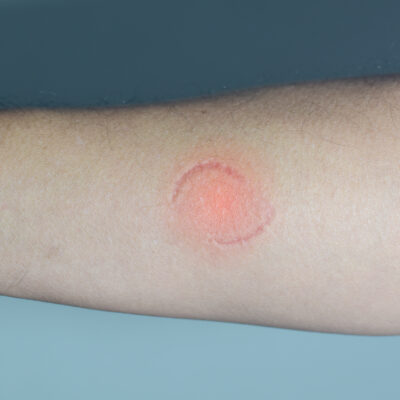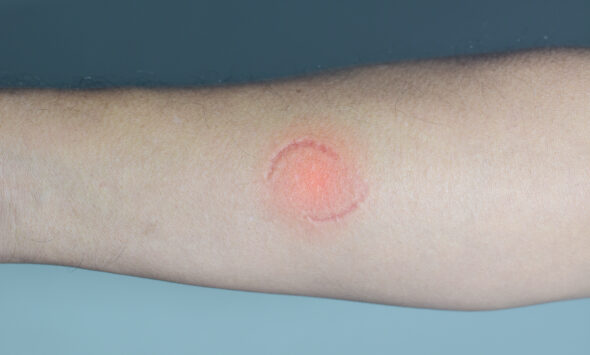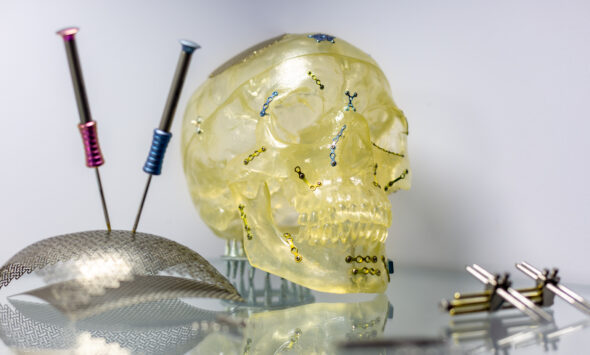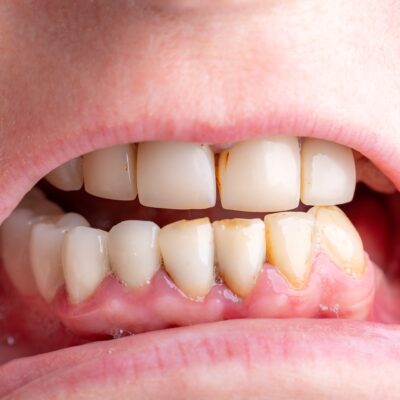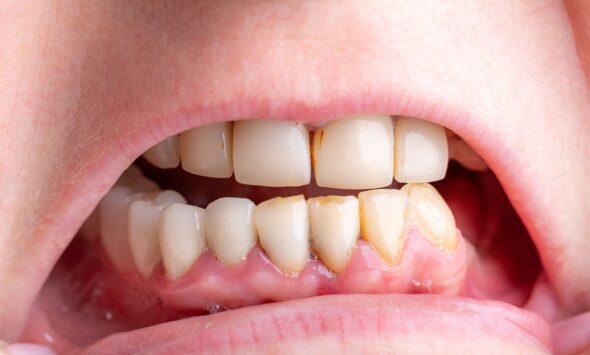Thanks to new sampling and analytical techniques, forensic science now plays an essential role in solving sexual crimes. In cases where the search for semen fails, the sexome—also referred to as the genital microbiome—could take over and become a complementary, or even decisive, investigative tool.
What is the sexome? At a time when the importance of the human microbiota is being recognized in numerous areas of health, researchers are no longer confined to the studying of the bacterial flora colonizing the skin and the intestine. They are also focusing on the microorganisms that inhabit the male and female genital areas—the genital microbiome. Their work primarily addresses health-related questions, such as the prevention of sexually transmitted infections, but its implications extend further.
A unique microbial signature
A study conducted by a team of researchers from Murdoch University in Perth, Australia, on about a dozen heterosexual couples, demonstrated that each individual possesses a distinctive genital microbial flora. This flora, more abundant in women than in men, is transferred from one partner to another during sexual intercourse. According to Brendan Chapman, forensic scientist and co-author of the study, the discovery of these microbial “traces” could offer an effective alternative for identifying perpetrators of sexual offences.
Identification possible even in condom-protected intercourse
According to the scientists behind this discovery, this new technique could play a decisive role when semen DNA analysis proves problematic. The collection of biological material from victims of sexual assault is now highly advanced and, thanks to genetic databases, enables numerous identifications. However, this method faces several challenges, particularly related to time constraints. Beyond 48 hours, the quantity of sperm cells decreases dramatically and may no longer be sufficient for conclusive DNA analysis. Furthermore, in the absence of ejaculation or when a condom has been used, these biological traces are nonexistent.
By contrast, with the help of advanced sequencing techniques, it is possible to detect the sexual microbial signature transferred from one partner to another in samples collected up to five days after sexual contact. Even more remarkably, these transfers can still be detected after washing the genital area, and—though in smaller quantities—even when a condom has been used. In such cases, explains Brendan Chapman, it is mainly components of the female sexual microbiome that are recovered from the male genital area. This approach could help identify more sexual offenders even in the absence of DNA evidence, without requiring additional samples to be taken from already deeply traumatized victims.
The next step for scientists is to refine the technique by determining which factors can influence the sexome—particularly the vaginal microbiome, which fluctuates with the menstrual cycle—since such variations may affect the accuracy of results. This promising line of research opens new perspectives for forensic science.
Read the full study here.
Tous droits réservés - © 2025 Forenseek
